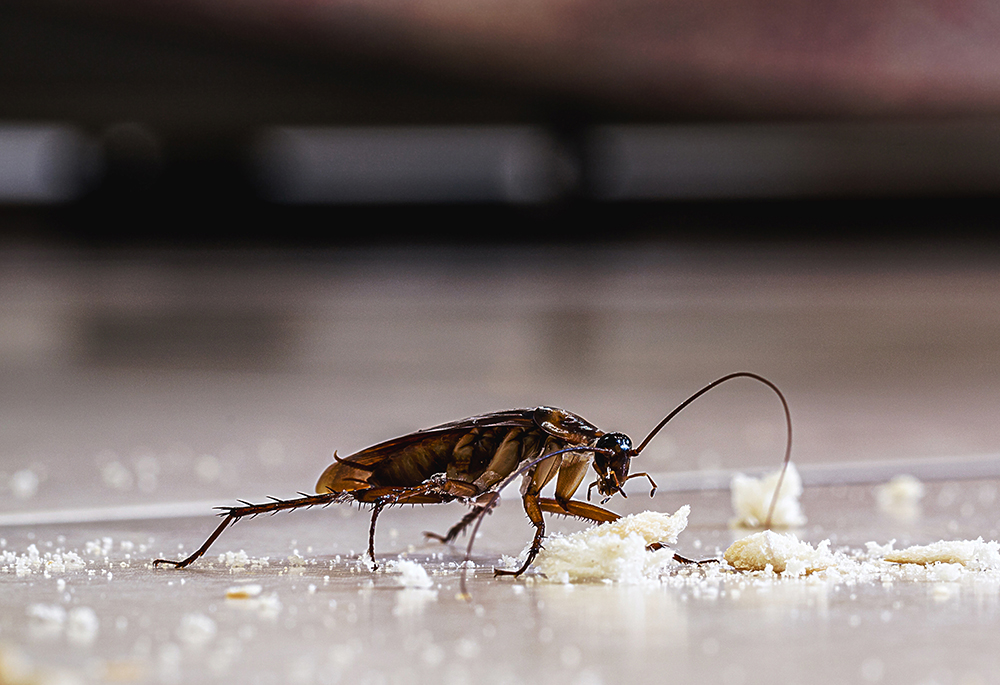Understanding Cockroaches: From Household Pests to Environmental Players
When spotted in our living spaces, cockroaches often invoke a sense of dread and disgust. Despite their notoriety as unwelcome guests, these resilient insects are not only pests but also fascinating survivors from prehistoric times. By delving deeper into their world, we can better manage their presence in our homes and appreciate their role in the natural ecosystem.
The Dual Nature of Cockroaches
- Size and Appearance: Cockroaches can vary greatly, ranging from a mere 0.8 to a substantial 3.1 inches. Their color palette extends from light brown to stark black, adapting seamlessly to their environments.
- Environmental Impact: While cockroaches are commonly viewed as harbingers of disease, it’s crucial to recognize that out of the 4,600 species, only about 30 interact closely with human habitats, and even fewer are actual pests. Most cockroaches play a beneficial role in nature by recycling decaying organic material, thus maintaining ecological balance.
A Glimpse into Ancient History
Cockroaches belong to an ancient lineage dating back at least 300 million years, making them one of the most primitive winged insects still in existence today. Their incredible adaptability is evident as they thrive in diverse climates, from the Arctic cold to tropical heat, showcasing their evolutionary success.
Spotlight on Species: Friends or Foes?
- Giant Burrowing Cockroach: Known as the world’s heaviest, this Australian native is an impressive non-pest species that rarely invade human dwellings.
- German Cockroach: The most common pest species worldwide, these cockroaches are small but mighty invaders, often hitching rides into homes via groceries.
- American Cockroach: Despite their name, these cockroaches originated in Africa. Known for their size and reddish-brown hue, they are capable flyers but typically opt to run.
- Oriental Cockroach: Often associated with dirty environments, these dark brown pests are notorious for spreading germs as they traverse through unsanitary areas.
Behavioral Insights: How Cockroaches Survive and Thrive
Cockroaches are not just survivors; they are skilled adapters. They can endure extreme temperatures, which is why they are found worldwide. Social creatures, by nature, communicate through pheromones, which are crucial for their survival as they help them locate food and water sources. Their diet is remarkably versatile, allowing them to consume anything from book bindings and human waste to decaying wood, depending on their habitat.
Managing Menaces: Effective Cockroach Control
Controlling a cockroach infestation starts with prevention. Regular house cleaning, proper food storage, and eliminating moisture can deter cockroaches from making your home theirs. Here are step-by-step strategies:
- Sanitation: Keep your living area clean by regularly disposing of garbage, vacuuming floors, and clearing out clutter where cockroaches can hide.
- Exclusion: Seal cracks and crevices around doors, windows, and pipes to prevent entry.
- Natural Remedies: To discourage their presence, use natural repellents such as diatomaceous earth, boric acid, and essential oils.
- Professional Help: Sometimes, an infestation requires professional pest control solutions, especially for severe cases that home remedies cannot resolve.
Conclusion: A Call to Action
Understanding and managing cockroaches can be daunting, but with the right knowledge and tools, it is entirely possible to keep them at bay. Whether you opt for DIY methods or professional assistance, the key is to remain vigilant and proactive.
Remember, every species has its place in the ecosystem, and while we may not welcome all of them into our homes, understanding their role can help us manage them more effectively and humanely.
Pest Characteristics:
Geographical Location: All Cities
How Many Legs? 6
Is it venomous? No





